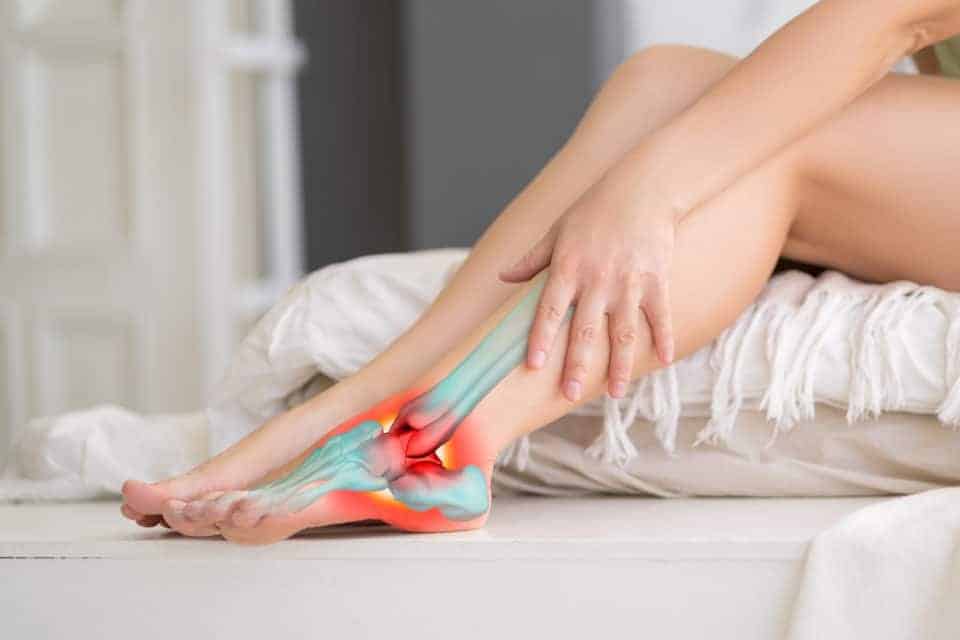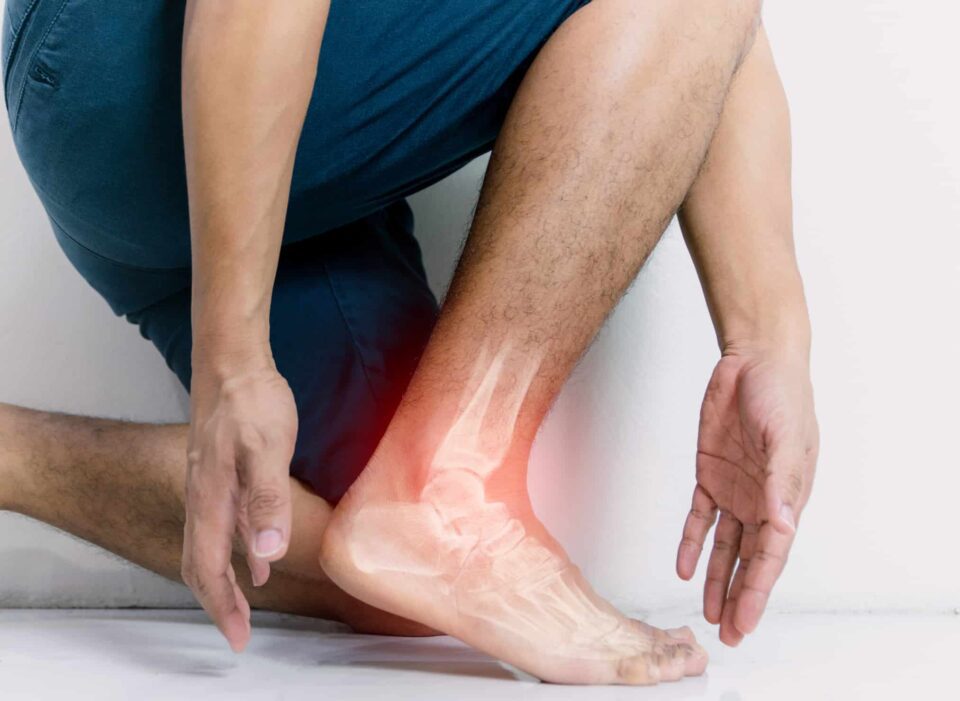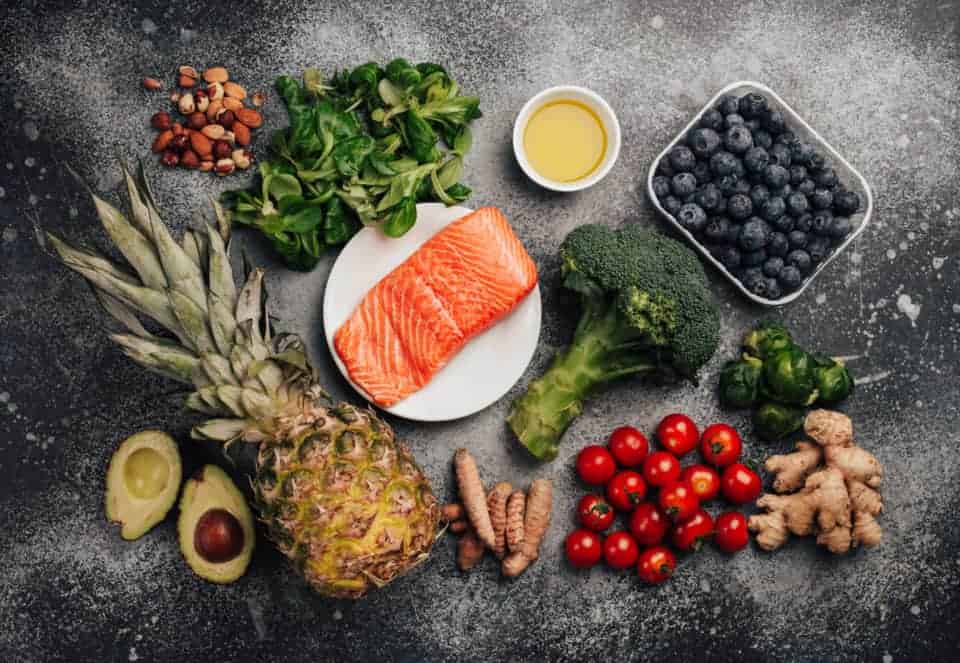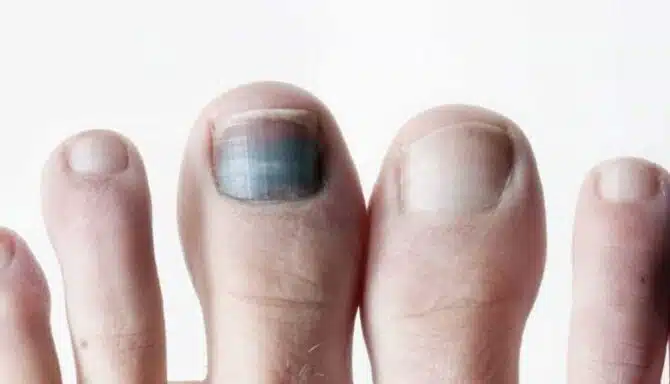Inflammation is your body’s natural and beneficial reaction to fight off invaders. From illness to injury, inflammation protects our bodies from damage that would worsen without this bodily response. However, sometimes there may be too much inflammation. And too much of a good thing can have damaging effects.
When addressed and managed correctly, you can reduce pain and discomfort associated with inflammation.
In this article, we’ll show you how to control inflammation. Additionally, you’ll learn more about inflammation, its causes and symptoms, and finally, how to relieve and reduce pain associated with inflammation.
What is inflammation?
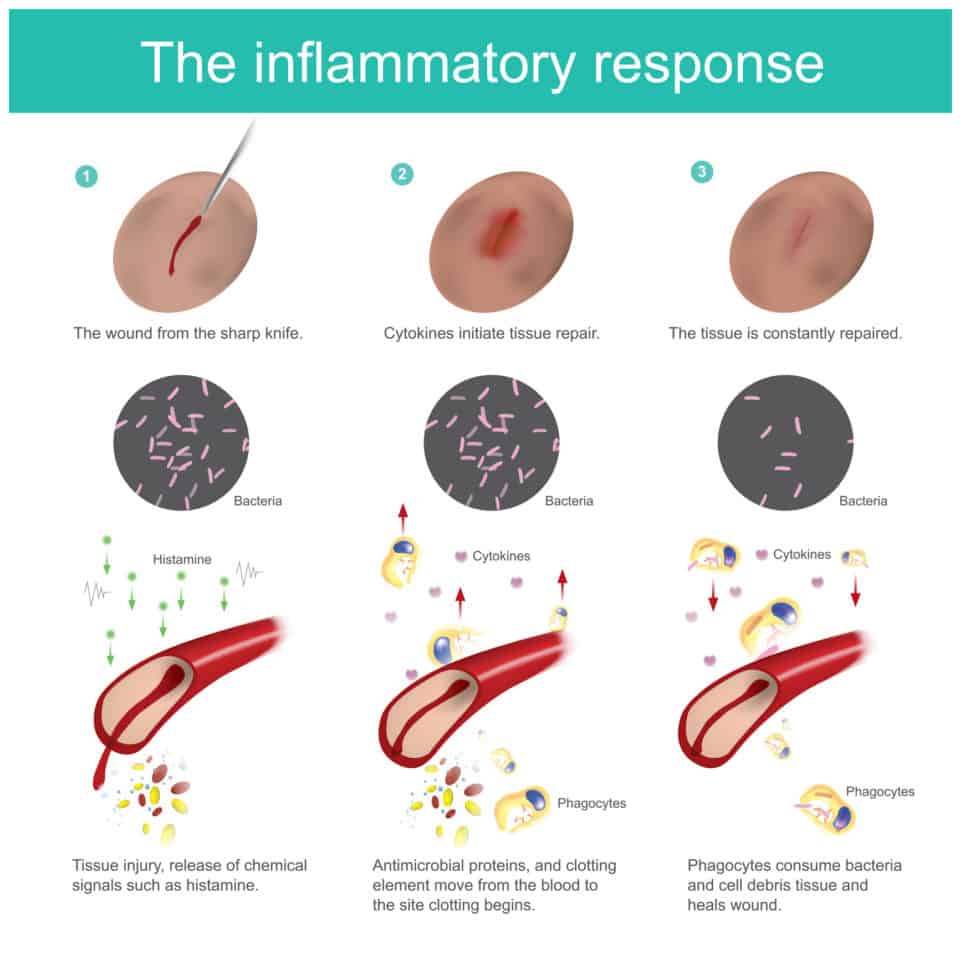
Inflammation is your body’s reaction to an irritant. Specifically, inflammation occurs when your immune system triggers white blood cells to release chemicals into your blood or tissues to fight off invaders. As a result, blood flow to the area increases, causing redness, warmth, and enlargement.
However, in some cases, certain conditions trigger inflammation when it’s not needed. When your body produces too much inflammation, you may experience discomfort, pain, and other issues.
Generally, there are two types of inflammation: acute and chronic.
- Acute inflammation is a short-lived bodily reaction, usually to some injury, foreign substance, or illness.
- Chronic inflammation is a long-term reaction from your body’s immune system. This type of inflammation can damage your body. Conditions linked to chronic inflammation include cancer, rheumatoid arthritis, psoriatic arthritis, gouty arthritis, heart disease, diabetes, asthma, and Alzheimer’s.
Next, let’s get into the symptoms of inflammation.
What are the symptoms of inflammation?
Those with inflammation may experience any number of symptoms you’ll find below, but not necessarily all of them.
The most common symptoms of inflammation include:
- Redness (a red tinge to your skin)
- Swelling (warm to the touch and slightly enlarged in some cases, like if you sprain an ankle, for example)
- Sharp or dull pain, especially in the joints
- Stiffness
- Deterioration of your joint’s motor function. For instance, a loss of range of motion or reduced weight-bearing ability.
Now that you understand the signs and symptoms of inflammation, how does one know what causes inflammation? Let’s get into the causes of inflammation next.
What causes inflammation?
Many things can trigger either low-level regulatory or quick, intense inflammatory responses. The source of the inflammation directly ties back to the type of inflammatory response: acute or chronic.
Below you’ll find an extensive list of instances and causes where your body may trigger a swelling and inflammatory response:
- An autoimmune disorder mistakes a healthy component of your body for a foreign antigen. As a result, your body attacks healthy tissues. Such diseases include rheumatoid arthritis (RA) and systemic lupus erythematosus (SLE).
- Exposure to toxins and particular chemicals
- Infections
- An acute injury
- Pregnancy can increases inflammation for several reasons. When pregnant, your body holds more water, and the added water may pool in your legs. The weight and pressure of your womb may also cause increased swelling in your legs, especially if you stand a lot.
- Your diet has a direct connection with inflammation. Foods high in fat, fried foods, and refined carbohydrates can induce inflammation. More on that further along in the article.
- Your age contributes to elevated inflammation levels. For example, Aging may cause higher levels of several inflammatory molecules. The age-associated increase in inflammatory molecules may be due to mitochondrial dysfunction, free radical accumulation over time, and other age-related factors like an increase in visceral body fat.
- Obesity
- Smoking cigarettes can reduce the production of anti-inflammatory molecules in your body.
- Poor and a lack of sleep can cause increased inflammation. But not just a few poor nights of sleep. Being consistently sleep deprived interferes with the normal function of the brain’s housecleaning system, and your body cannot clear itself of specific beta-amyloid proteins.
How can I reduce and relieve pain from inflammation?
Whether it’s medication or altering your diet, the best treatment method for inflammation depends on the type of inflammatory response. For some, it may be a simple change to your lifestyle that can help relieve inflammation. For others, it may be a lifelong challenge where treatment methods aim to improve quality of life.
Exercise & Physical Activity
Exercise is a natural anti-inflammatory. The movement breaks up inflammation and stiffness. Physical activity also strengthens your muscles, which helps them better withstand your everyday activities without becoming over-exerted and getting injured. Since over-exertion can trigger an inflammatory response, strong muscles are your body’s best defence and treatment against inflammation and injury. Check out our Pinterest Exercise and Stretching Board for recommended exercises to keep your inflammation at bay.
Pain relief cream
Over-the-counter topical creams can help provide pain relief associated with inflammation. These can be in the form of analgesic creams, rubs, and sprays. Diclofenac, known for its brand name Voltaren, for example, can help provide pain relief as well as provides a cooling sensation. Salicylates and topical NSAIDs may also provide relief.
Oral medications
- Nonsteroidal anti-inflammatory drugs (NSAIDs like ibuprofen or naproxen)
- Corticosteroids
Anti-inflammatory diet
The adage that you are what you eat has particular relevance for inflammation. Certain foods can cause inflammation, while other foods can help reduce inflammation. Foods like tomatoes, olive oil, greens, nuts, fish, and fruit all have anti-inflammatory properties to reduce inflammation. Conversely, avoid processed foods, fried foods, refined carbs, and sugary drinks, as these all have inflammation-inducing ingredients.
Cold therapy
Cold therapy, for instance icing, can be effective against pain related to swelling and inflammation for acute injuries. For sprained ankles, icing can help numb the area and encourage blood flow away from the site, which can help reduce swelling and discomfort. However, be careful when using cold therapy for chronic inflammation associated with rheumatoid arthritis, as cold can sometimes cause your muscles to stiffen.
Elevate
Elevating your legs about your heart can help reduce inflammation by promoting blood flow back towards your heart and away from your feet. Elevating your legs is as simple as resting your legs up at an upward angle against the wall for 5-10 minutes.
Compression socks
Compression is a common and effective way of controlling and limiting swelling and inflammation. Custom garments exist to specifically increase circulation and help prevent swelling. These garments are called compression socks. Compression socks can be particularly handy when standing for long periods, travelling, or if you’re sedentary for prolonged lengths.
